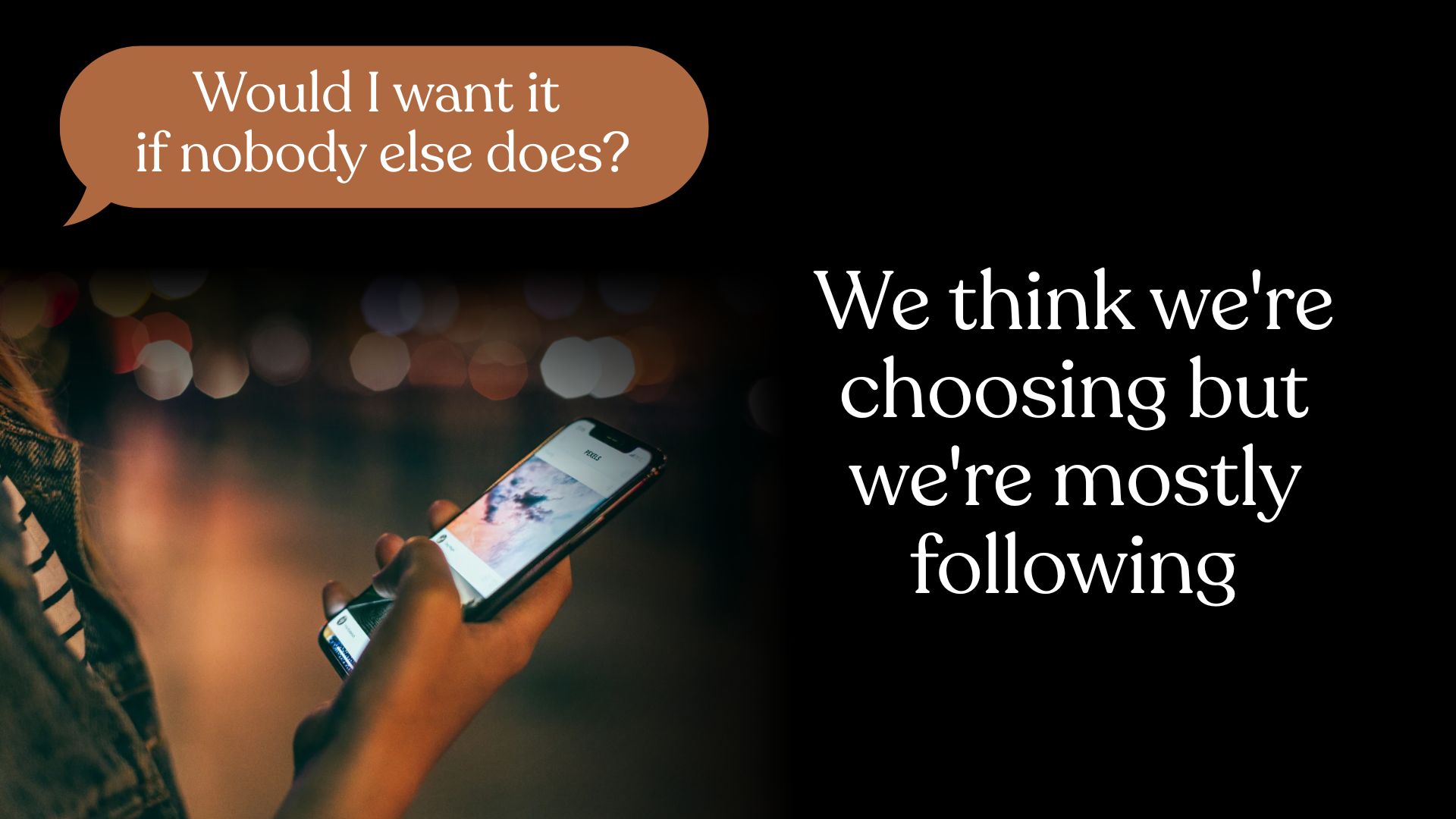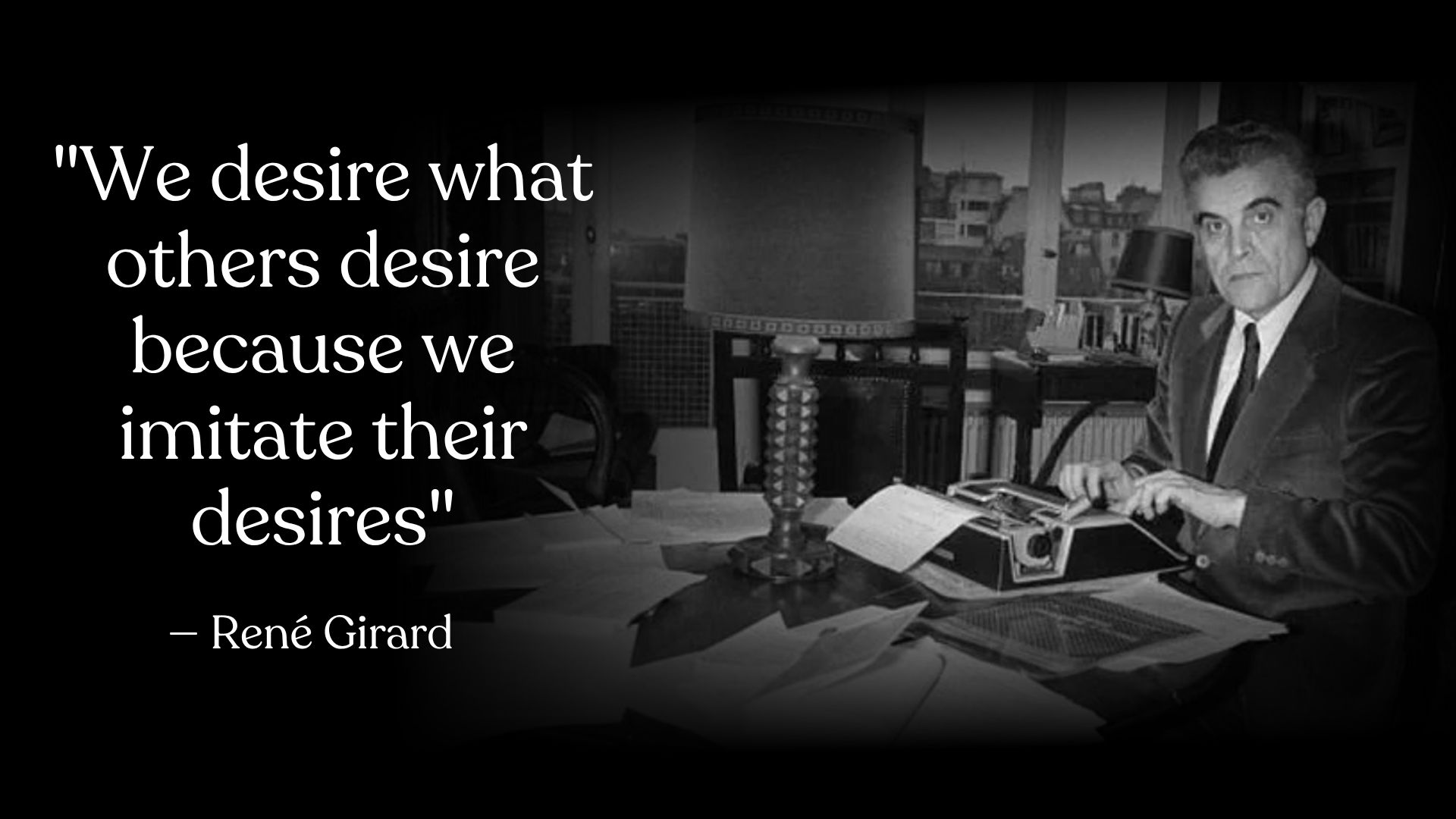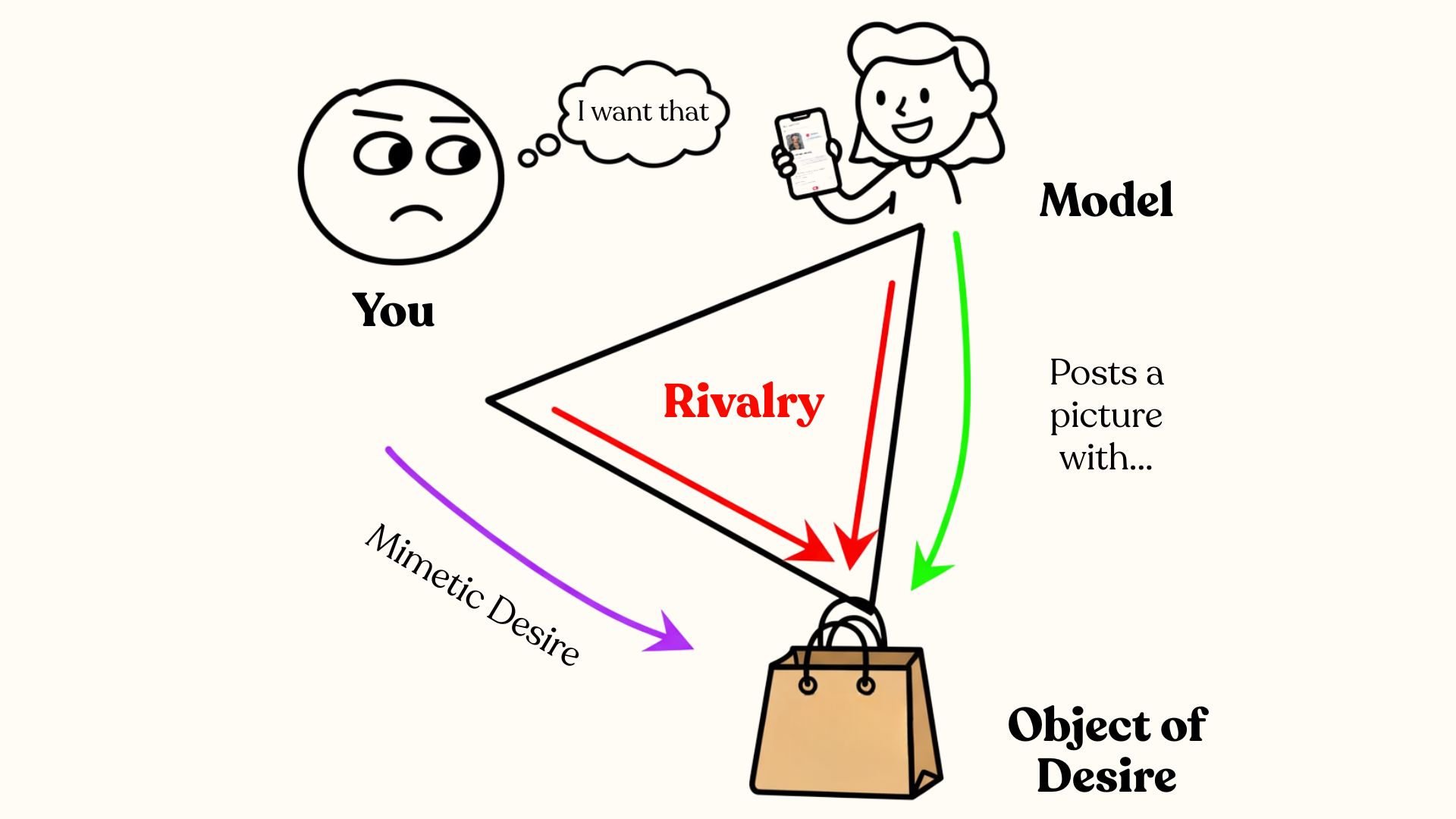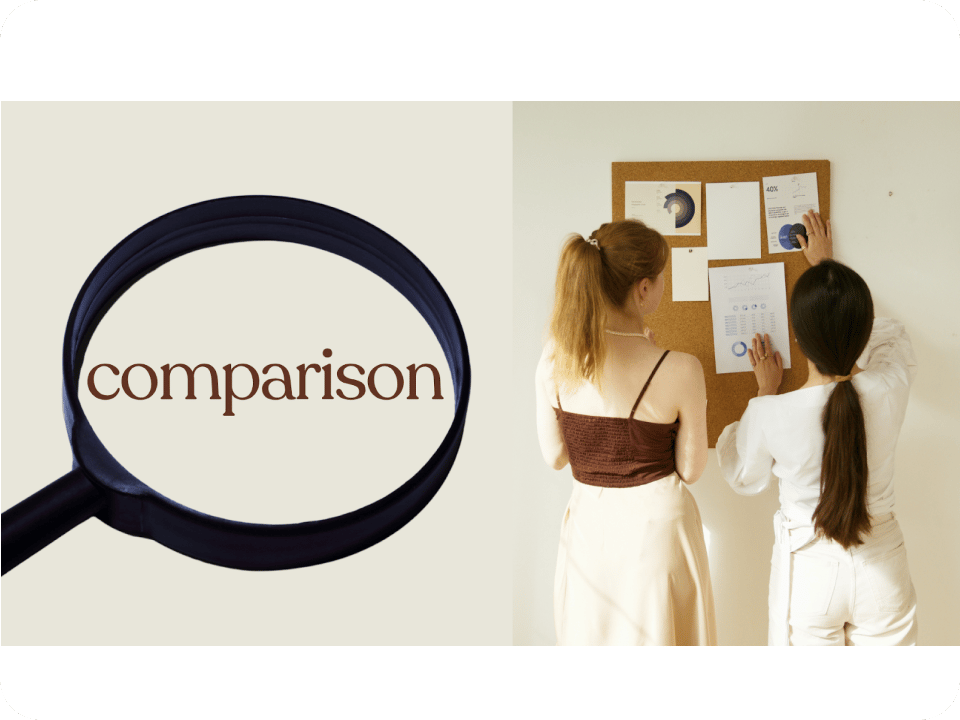Welcome to Wisdom & Sol! If you haven’t subscribed, join our community of 78,822 intelligent, curious folks who want to boost their emotional well-being by subscribing here.
During a text exchange with a friend not long ago, I casually mentioned that I wanted to buy a piece of art by a little-known artist whose work I’d seen at an auction. I was excited about it, but it was a passing remark and it didn’t take up a lot of our chat. Two weeks later, my friend texted: “I bought something from that artist too. Thanks for telling me about her.”
Why did my offhand comment make her buy art from an unknown artist? The answer is simple: We often want things the moment we see someone else have it.
Sure, we may think our desires are uniquely ours and come from an authentic place inside us, but what if that's the biggest lie we tell ourselves?

We Think Our Desires Are Ours—But They're Not
French philosopher René Girard studied human behavior across cultures and discovered something interesting: After our basic survival needs are met, we don't actually know what to want. So we steal our desires. We look at what other people want and make them our own wants.

He called this phenomenon mimetic desire—and there’s a sad element to it: The desire creates what he called a “crisis of sameness.” Everyone desperately tries to be unique, but we are actually becoming more similar.
That artwork? I didn't discover it through a personal taste. I saw the artist’s work at an auction, and the winning bidder’s desire became my own. Then I became the model for my friend’s desire. And she'll become someone else’s model. We’re all linked in a hidden chain of borrowed wants, each of us confident that we’re making our own choices.

Social media makes this phenomenon worse. The algorithms feed you what’s already popular, rewarding sameness. When you’re scrolling constantly, you’re absorbing other people’s desires without knowing it. You see what looks and feels successful, and suddenly you want it too.
The uncomfortable truth is that knowing about these patterns doesn't automatically free you from them. You can read about mimetic desire and still catch desires from others. The knowledge doesn't neutralize the pattern—it just gives you a chance to notice it happening.
The Mimetic Audit—Whose Desires Are You Carrying?
If most desires are borrowed, the first step to freeing yourself from other people’s wants is not eliminating mimetic influence (which is impossible), but seeing the force clearly.
Track Your “Wants” for a Week
Every time you feel pulled toward something—purchases, career goals, relationship milestones, experiences you “should” have—write down how you’re feeling. There shouldn’t be any judgment. Just capture the desire in the moment it appears.
For Each Desire, Ask “Who First?”
Think about who made the thing you want seem desirable to you. Instead of asking, “Was I influenced?” ask, "Who specifically was the model?" A person? An account? A community? A family narrative? Be forensically honest. Most desires have a clear origin if you’re willing to look.
The Subtraction Test
Imagine the influence is completely removed. For example, if Instagram disappeared tomorrow, would you still want a home renovation? If you’d never encountered a certain person's lifestyle, would this goal still exist?
Map Your Models
Who are your systematic models—the people whose desires you reliably copy? Who do you compare yourself to? Whose achievements make you feel behind? Whose lifestyle makes yours feel insufficient? Whose validation do you unconsciously seek? Make a list of them.
Identify the Authentic Remainder
After that audit, some desires might naturally fall away. They were never yours—just borrowed scripts you were running. Others will remain. Those are worth examining further, and not because they’re necessarily “authentic,” but because they’ve survived your conscious scrutiny.
Girard believed we cannot truly escape mimetic desire, and any attempts to do so would simply land us playing the game of mimesis on a different level. The goal is to see it operating so you can occasionally choose differently.
What Happens When You Finally See It
Even with your newfound awareness, you’ll still catch desires from others. You'll still reach for quick fixes. The human brain hasn’t evolved past these patterns, and who knows if it ever will?
But you can develop what I call “uncomfortable freedom”—the ability to pause in the moment when a pattern activates, notice what's happening, and occasionally choose differently.
Help us make this newsletter even better for you! Was this issue useful? What would you be excited to read about next? Reply to this email with your thoughts and suggestions. We read every response!
Want More: Resources to Clarify Your Values
This Edition’s Sponsor: Proton Mail
Free email without sacrificing your privacy
Gmail tracks you. Proton doesn’t. Get private email that puts your data — and your privacy — first.
Along the Same Lines…
We love you,
Mona & The Sol TV Team ❤️
Lastly, some housekeeping…
If you can't find the newsletter, check your spam folder. If it’s there, mark it as “not spam.”
Whitelist our email. Add our email address [email protected] to your contacts listor your Primary inbox in Gmail.



